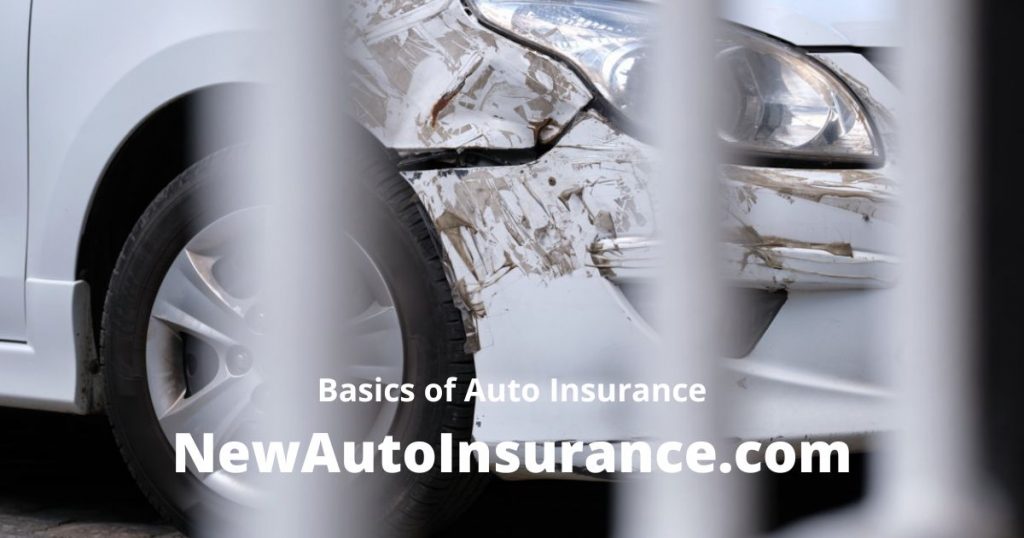Auto insurance is a legally binding agreement between the insured and the insurance company. As part of the policy, both parties agree to pay a premium. Read out this article to learn more about the basics of auto insurance.
Auto insurance includes property, liability, and medical coverage.
- Property coverage compensates for automobile damage or theft.
- Liability coverage covers the policyholder’s legal duty to others for bodily harm or property damage.
- Medical coverage compensates for the cost of treating injuries, rehabilitation, and occasionally lost wages and burial expenses.
Before they may legally drive a car, most jurisdictions require drivers to have auto liability insurance t. Every state has laws that establish the minimum levels of insurance or other financial security that drivers must have to compensate for the harm caused by their negligence behind the wheel in the event of an accident- This is known as Liability Insurance. Most car insurance coverage is valid for six months to a year. A typical auto insurance policy includes six distinct types of coverage, each of which has a separate price, and we have included them here in the basics of auto insurance.
1. Liability for bodily harm
This coverage applies to injuries caused to others by the policyholder and family members listed on the policy. These individuals are also covered when they drive other people’s cars with their permission. Because drivers involved in catastrophic accidents may be liable for a significant amount of money, they may opt to get greater coverage than the state minimum to protect personal assets such as their homes and savings.
2. Personal Injury Protection(PIP) vs Medical Payments
This policy covers the treatment of injuries caused by the policyholder’s driver and passengers in the policyholder’s vehicle. In its broadest sense, PIP covers medical bills, missed wages, and the expense of replacing services that someone disabled in an auto accident would ordinarily provide. It may also pay the costs of a funeral.
3. Liability for Damage to Property
This coverage covers damage to someone else’s property caused by policyholders (or anybody operating the vehicle with their permission). This usually refers to damage to another person’s car. Still, it can also refer to damage to light posts, telephone poles, fences, buildings, or other objects stuck in an accident.

4. Confrontation
This coverage compensates for damage to the policyholder’s car caused by a collision with another vehicle, an object, or a flip. The coverage also covers pothole-related damage. Collision insurance is often sold with a deductible of $250 to $1,0. The more extensive the deductible, the lower the cost. Even if policyholders are at fault in an accident, collision coverage will cover the cost of repairs minus the deductible. The insurance company may pursue reimbursement from the other driver’s insurer if the policyholder is not at fault. If the business succeeds, policyholders will also get reimbursement for their deductibles as well.
5. All-inclusive
This coverage pays for damage caused by something other than a collision with another automobile or object, such as fire, falling objects, missiles, explosions, earthquakes, windstorms, hail, flood, vandalism, riots, or contact with animals like birds or deer. Comprehensive insurance typically has a deductible of $100 to $300, though policyholders can choose a greater deductible to minimize their rate. Comprehensive insurance may reimburse the insured if a windshield gets cracked or broken. Separate glass coverage is available from some companies, with or without a deductible. Although states do not need collision or comprehensive coverage, lenders may insist that borrowers keep it until their car loan is paid off.
6. Coverage for uninsured and underinsured motorists
If a policyholder, a member of their family, or a designated driver is hit by an uninsured or hit-and-run driver, uninsured motorist coverage will reimburse them. When an at-fault driver’s insurance is insufficient to cover the other driver’s complete loss, underinsured motorist coverage kicks in. This coverage will protect a policyholder if someone hit them while walking.
Click here to learn more about auto insurance.


